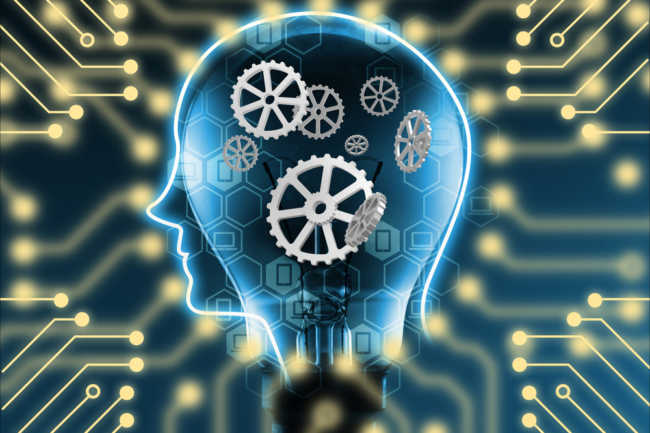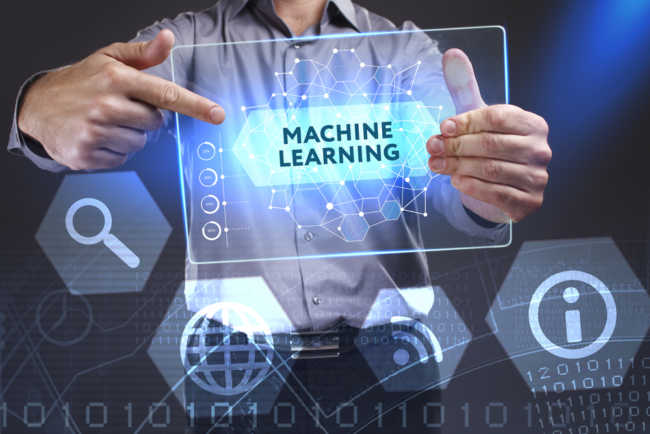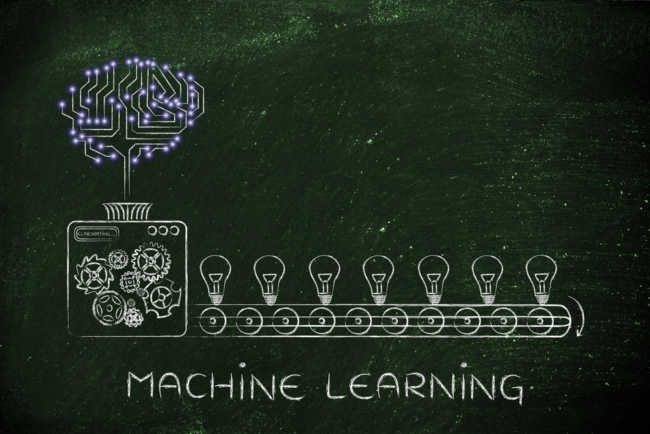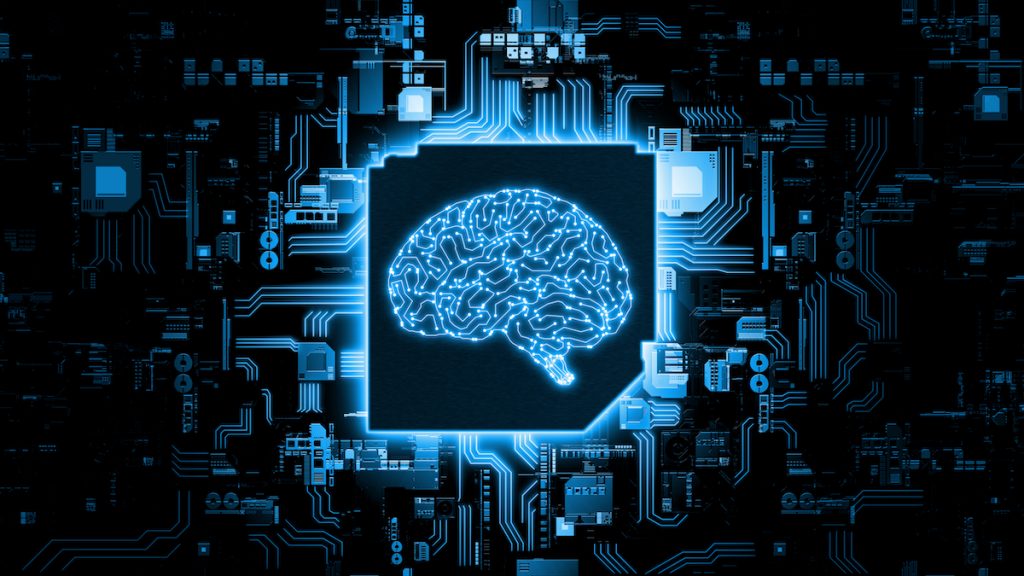
Harnessing the Power of the Intelligent Edge
Over the past 10 years we’ve watched cloud computing come of age as more and more companies send their data to the cloud for processing, storage, and management rather than keeping that data on a local server or Edge gateway. The benefits of cloud computing are vast, however there is another key development on the […]
Read more →
